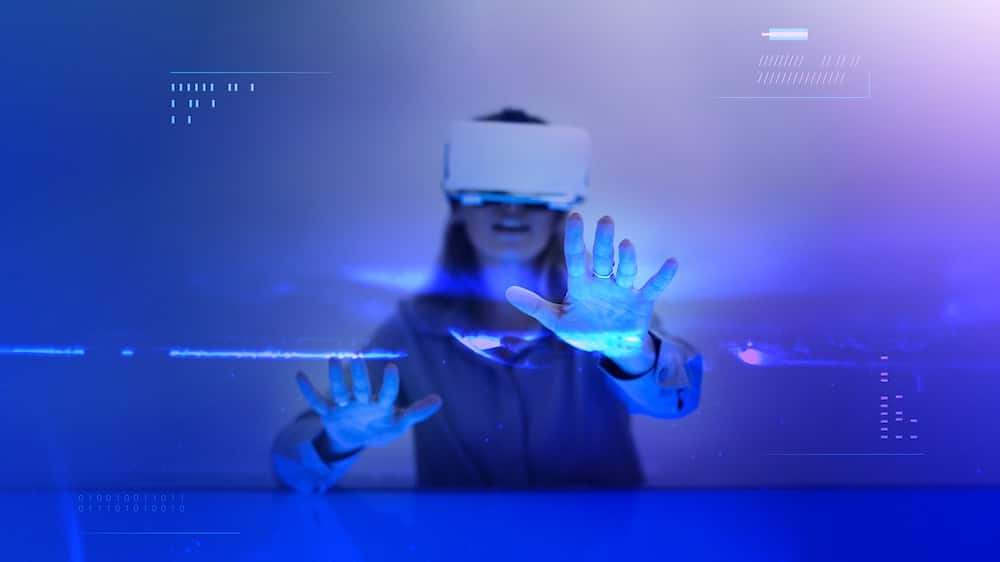How Are Digital Twins Being Utilized in Personalized Medicine for Treatment Simulation?

Digital twins have already proven to be a disruptive force in various industries, such as manufacturing and aviation. However, their potential is now being explored in the field of personalized medicine. But what is a Digital Twin? How is it being harnessed to simulate treatment methods in personalized medicine? In this informative article, we delve deep into these questions and more, bringing you the most recent developments in this fascinating intersection of data technology and healthcare.
Understanding the Concept of Digital Twins
In essence, a Digital Twin is a virtual replica of a physical entity, system, or process. It provides a dynamic representation of its ‘twin’ in the real world, allowing for real-time monitoring, testing, and optimization. Through this digital model, valuable insights can be extrapolated without interfering with the actual physical entity.
Dans le meme genre : How Can AI Assist in the Early Detection of Urban Water Leakage and Infrastructure Damage?
In the context of personalized medicine, the physical entity is none other than a human body. A digital twin of a patient is constructed using comprehensive health data gathered from various sources such as genetic tests, medical imaging, and wearable tech. This digital representation can then be used to anticipate health issues, simulate treatments, and optimize care, all tailored to the individual’s unique physiology and genetics.
The Role of Digital Twins in Personalized Medicine
Digital Twins in personalized medicine are redefining patient care and treatment. They offer unprecedented opportunities for healthcare providers to simulate treatment effects before administering them to patients.
A lire également : Can AI-Based Smart Monitoring Systems Reduce Energy Consumption in Data Centers?
By constructing a detailed digital model of a patient, physicians can analyze how the individual’s body may respond to different treatments. They can test multiple scenarios in the virtual realm, allowing them to identify the most effective treatment plan, while also predicting and mitigating potential side effects.
Beyond treatment simulation, Digital Twins also hold great promise for disease prevention. They can help identify genetic predispositions and lifestyle factors that may increase the risk of certain diseases. With this information in hand, preventive measures can be tailored to the patient’s unique needs, potentially averting the onset of serious conditions.
Leveraging Digital Twins for Treatment Simulation
When we talk about treatment simulation, we are referring to the ability to virtually test different interventions on a patient’s Digital Twin before implementing them in reality. This is made possible by complex algorithms that analyze the patient’s data and predict how their body will react to different treatments.
This approach brings a new level of precision to personalized medicine. Instead of relying on historical data and generalized treatment protocols, physicians can tailor the therapeutic approach to the individual patient’s physiology. This is particularly beneficial in areas such as oncology, where the same type of cancer can behave very differently from one patient to another.
The Power of Predictive Analytics in Personalized Medicine
Predictive analytics, powered by machine learning and artificial intelligence, is the engine that drives the utility of Digital Twins in personalized medicine. By crunching vast amounts of data, these analytical tools can predict health outcomes with astounding accuracy.
With the help of predictive analytics, a patient’s Digital Twin can provide early warnings about potential health risks. For example, it can identify patterns that indicate an increased likelihood of developing chronic diseases such as diabetes or heart disease.
Furthermore, these analytics can simulate the effects of various interventions, from changes in diet and exercise to different medication regimens. This allows healthcare providers to fine-tune treatment plans and preventive measures based on the patient’s unique genetic makeup and lifestyle.
Future Prospects of Digital Twins in Personalized Medicine
There’s no denying that Digital Twins are ushering in a new era of personalized healthcare. However, like any new technology, it isn’t without its challenges. Data privacy concerns, technical complexities, and the need for standardization are some of the hurdles that need to be overcome.
Despite these challenges, the potential benefits of Digital Twins in personalized medicine are immense. They offer the hope of more effective treatments, improved patient outcomes, and a more sustainable healthcare system. With ongoing advancements in technology and data analytics, the role of Digital Twins in healthcare is likely to become even more pivotal in the years to come.
In conclusion, the use of Digital Twins in personalized medicine marks an exciting step forward in healthcare innovation. As we continue to refine this technology and navigate its challenges, the prospect of more personalized, effective, and preventive healthcare becomes increasingly within our grasp.
Advancements in Data Acquisition for Digital Twins
One of the key elements in creating effective Digital Twins is the comprehensive collection of personal health data. This involves various approaches such as genetic testing, medical imaging, and the use of wearable technology.
Genetic testing is a medical test that identifies changes in chromosomes, genes, or proteins. It can provide information about a person’s genes and chromosomes that are essential in creating a digital replica of a patient. Medical imaging, on the other hand, includes techniques and processes used to create images of the human body. This can involve X-rays, ultrasounds, MRIs, and other imaging techniques that provide vital visual data.
Wearable technology, like fitness trackers and smartwatches, collect real-time data about a person’s physical activities, heart rate, sleep patterns, and other health-related information. This data can help in understanding a patient’s lifestyle and how it impacts their health.
All these data sources collectively aid in the creation of a more precise and personalized Digital Twin, leading to effective treatment simulation. However, as the amount of data acquired increases, so does the need for robust data management and privacy strategies. As such, health organizations must prioritize data privacy and security to protect patients’ sensitive health information.
The Potential Ethical and Privacy Concerns in Digital Twins
While the use of Digital Twins in personalized medicine brings a host of benefits, it also raises several ethical and privacy concerns. The creation of a Digital Twin involves the collection and storage of vast amounts of personal health data, raising concerns about data security, privacy, and consent.
Data security pertains to protecting digital data, such as the information contained in a patient’s Digital Twin, from destructive forces, unwanted actions of unauthorized users, or data breaches. Healthcare providers need to ensure that they are using secure systems and adhering to best practices in data security to protect their patients’ confidential information.
Privacy concerns arise when personal health information is potentially accessible to unauthorized individuals. Healthcare organizations must ensure they are following regulations such as the Health Insurance Portability and Accountability Act (HIPAA) that sets standards for protecting sensitive patient data.
Consent is another significant issue. Patients should have the right to understand and consent to how their data is being used. It’s essential to ensure informed consent, meaning patients should be fully aware of what they are agreeing to, the benefits and risks involved, and their right to withdraw their consent at any time.
Clearly, while the benefits of using Digital Twins in personalized medicine are immense, it is equally important to address these ethical and privacy concerns. This will help build trust, encourage patient participation, and ultimately drive the success of this innovative approach to healthcare.
Conclusion
In the ever-evolving field of healthcare, Digital Twins have emerged as a revolutionary tool for personalized medicine. Their ability to simulate treatments, predict health outcomes, and optimize patient care is transforming the healthcare landscape. While the use of Digital Twins brings a host of benefits, it’s also vital to address the challenges they present, particularly in terms of data security, privacy, and consent.
With the ongoing advancements in technology, we can expect Digital Twins to become an integral part of our healthcare system, ushering in a new era of precision medicine. As we continue to navigate this exciting journey, we can look forward to a future where healthcare is not just personalized but predictive, preventive, and precise.
